The Ultimate Guide to HealthTech in 2025
HealthTech, eHealth, Medtech, FemTech… whatever you call it, the connection between healthcare and technology has never been stronger. If you want to delve into the promising world of HealthTech, this guide is for you!
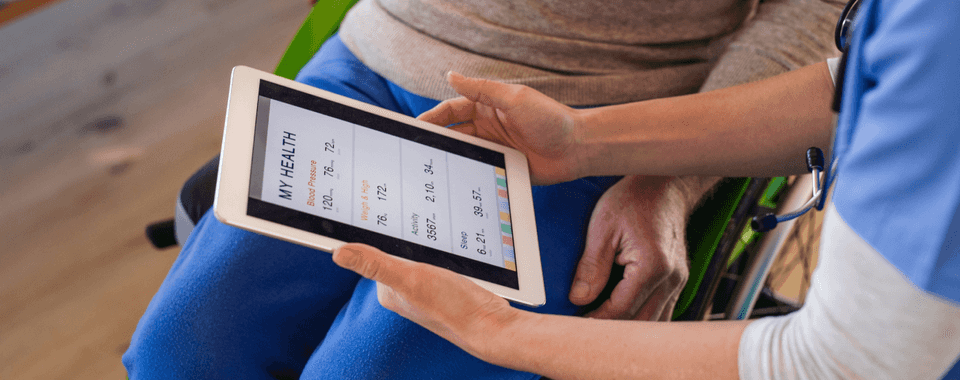
HealthTech and MedTech – recognizing the difference
MedTech and Health Tech aren’t synonyms. This guide will focus mostly on HealthTech, still, it’s essential to understand the difference between these terms.
HealthTech definition
HealthTech (known as eHealth as well) is the implementation of technology to improve healthcare delivery and patient engagement. It includes telemedicine, wearable health devices, and electronic health records, aiming to make healthcare more accessible and personalized.
MedTech definition
MedTech relates more to medical devices and diagnostic equipment used in healthcare. This includes pacemakers, MRI machines, and surgical tools, focusing on enhancing the quality of medical treatments and diagnostics. MedTech companies must comply with various standards, such as ISO 13485, which specifies requirements for a quality management system specific to the medical device industry.
ready for even more HealthTech insights?
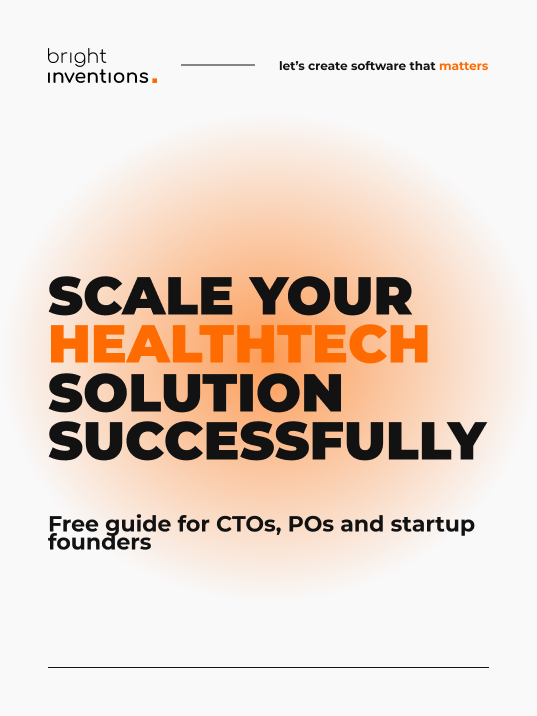
Areas of HealthTech with examples
Explore some of the areas of HealthTech that are shaping modern healthcare.
AI medical imaging
A technology that uses artificial intelligence to enhance medical imaging processes, such as interpreting X-rays, MRIs, and CT scans, leading to faster and more accurate diagnoses.
AI Chatbots
AI-powered chatbots are interactive software applications that use artificial intelligence, particularly natural language processing, to understand and respond to human inquiries, providing information or assistance in various domains including customer service and healthcare.
AI diagnostic
The use of artificial intelligence in medical diagnostics involves AI algorithms analyzing medical data (like images, lab results, and clinical history) to assist in diagnosing diseases and conditions more accurately and efficiently.
FemTech
Technology focused on women's health, including reproductive health, menstrual cycle tracking, fertility solutions, and maternal healthcare.
We cover FemTech in various resources:
- Explore the diverse world of FemTech with all its areas and innovators.
- Read more about developing a successful FemTech solution.
- Learn how to build a successful FemTech MVP.
- Check an example of successful MVP launch of a mobile app for pregnant women.

Telemedicine / Telehealth
Remote delivery of healthcare services, such as consultations and diagnoses, through telecommunications technology, often involving video conferencing:
- Remote Patient Monitoring (Remote Medical Care)
Technology that enables monitoring of patients outside of conventional clinical settings, such as in the home, using various devices to collect medical and health data.
A crucial part of telemedicine is video consultations with physicians. Delve into a subject of choosing the right video conferencing tool for healthcare.
Mental Health Tech
Digital solutions aimed at improving mental health, such as:
- WebTherapy
Online therapy platforms offer mental health support through digital platforms, including video calls, messaging, and web-based treatment programs.
Get inspired by the story of Circles - an online group support platform.
- Mental fitness apps & Mood tracking apps
Mobile applications designed to enhance mental well-being, often including activities like meditation, cognitive exercises, and stress management techniques.
- Digital Detox
Tools and programs that encourage reducing screen time and digital connectivity to improve mental and physical health.
mHealth (mobile health)
It refers to the practice of using mobile devices (smartphones, tablets) for health services and information, including health monitoring and patient education.
Precision Medicine
An approach to patient care that considers individual variability in genes, environment, and lifestyle to tailor treatments and interventions.
Biohacking
The practice of using technology and biology in tandem to optimize health, well-being, and physical and mental performance, often involves DIY biology and self-experimentation.
Patient Engagement Apps
Digital applications that aim to involve patients more actively in their healthcare, including tools for health tracking, appointment scheduling, and accessing medical information. It’s especially crucial in chronic disease management.
Explore the patient engagement app for Parkinson's patients.
Read more about developing patient engagement solutions: How to Build Patient Engagement Technology that Will Truly Engage Patients.
Techbio
An emerging field at the intersection of technology and biology, focusing on using technological advancements to understand and engineer biological systems, often related to health and medicine.
Innovations that will drive healthcare
Technology has the power to change the daily lives of patients and medical staff in countless ways. We've listed the technologies that every HealthTech startup and enterprise should (at least) consider implementing.
If you want to know what’s especially hot in tech for healthcare, read Top Trends in HealthTech to Watch in 2025!
Generative AI & Large Language Models
Artificial intelligence enables us to learn from available content to produce new text, images, and other data. It gives lots of use cases for HealthTech:
- supporting specialists in tracing tumors in medical imaging;
- generating human-like text for clinical notes and healthcare documentation;
- creating medical transcriptions;
- virtual healthcare assistants (chatbots) streamline processes like appointment scheduling;
- preventing care by analyzing data from wearables and detecting issues like high blood pressure, concerning EGG patterns, arrhythmias, and more.
Read more about Large Language Models (LLMs) for Healthcare.
Also, explore ai buzzwords and understand the difference: Generative AI, Conversational AI, LLMs & SLMs.
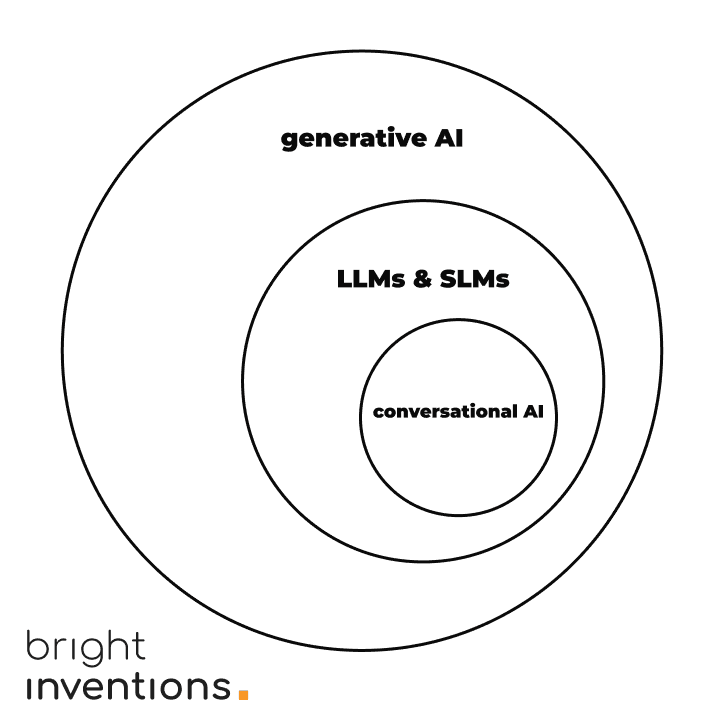
Internet of Things & Bluetooth
The Internet of Things (IoT) in healthcare refers to the network of medical devices and applications that communicate and exchange data due to an Internet and bluetooth connection.
How IoT enhances healthcare:
- enables patients to manage their condition by enabling real-time health monitoring,
- helps doctors remotely monitor patients' condition 24 hours a day;
- limits the costs of face-to-face examination;
- provides analytics for disease prevention;
- seamless data sharing among healthcare providers.
Read an actual story of British startup offering remote patient monitoring with the IoT system combined with certified bluetooth devices.
Medical devices and wearables
Devices that we have seen at doctors' offices – thanks to Bluetooth connections and dedicated applications – have turned into smart devices that have the power to save patients' lives daily. Pulse oximeters, Bluetooth thermometers, or stethoscopes are only examples of Bluetooth devices that are transforming healthcare. Now they can be used by patients at home to monitor their condition remotely.
Delve into bluetooth devices that have the power to change healthcare.
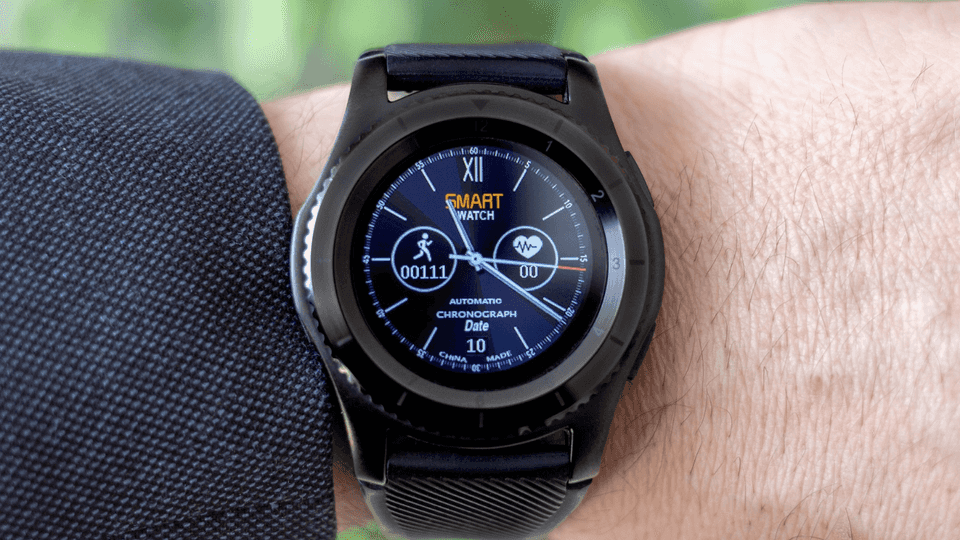
Compliance and certifications
Managing medical data requires adherence to various local regulations. Compliance with legal and security standards is a crucial aspect of risk management in healthcare. Read our latest blog post to learn more. Here are examples of local laws to follow if you launch a product in that area or store patient data in that region/country.
GDPR (EU)
HealthTech companies operating within the European Union must adhere to the General Data Protection Regulation (GDPR), which sets high standards for the handling and protection of personal data, especially health-related data.
NIS2 (EU)
European Network and Information Security directive (NIS2) aims to achieve a higher level of cybersecurity for network and information systems in companies and organizations across EU. The deadline for EU Member States to transpose the NIS2 Directive into national law is 17 October 2024, and the laws must take effect from 18 October 2024.
HIPAA (USA)
The Health Insurance Portability and Accountability Act (HIPAA) is a United States law. The law sets standards for the protection of health information, ensuring that personal health data is properly handled by various entities, including healthcare providers, insurance companies, and their business associates.
PIPEDA (Canada)
The Personal Information Protection and Electronic Documents Act (PIPEDA) is a Canadian federal privacy law that governs how private sector organizations collect, use, and disclose personal information in the course of commercial business. It sets out principles for the protection of personal information, emphasizing consent, limited collection, accuracy, and accountability by organizations.
GDPR (UK)
Similar to the EU GDPR, the UK GDPR regulates the processing of personal data. It mandates data protection principles like data minimization, accuracy, and security. It also requires obtaining explicit consent for processing personal data and implementing data protection measures, including data encryption and breach notification.
Read more about security in healthcare, which is a crucial aspect of compliance with local laws.
Explore risk management in healthcare with our ebook
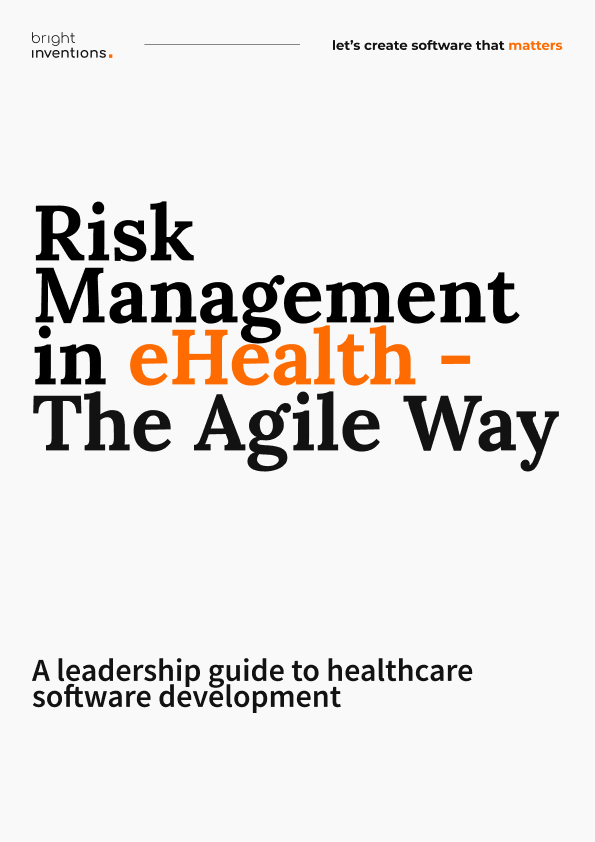
UX Design in HealthTech
HealthTech and MedTech applications are usually comprehensive, massive systems dealing with tons of information. Patient's health history, prescribed medicine, vital sign metrics – all of this data is important for healthcare providers and must be well-designed in any system aiming to help them care for patients. That's why there are a few best practices for designing apps for healthcare:
- Data Management: The design must effectively manage and display large amounts of information in an accessible manner.
- Information Prioritization: Essential information should be prioritized and easily accessible, preferably on the main screen.
- Iconography: Use of intuitive icons that convey information quickly and effectively.
- Color Coding: Employ color coding to differentiate and highlight important data and functions.
- Functional Aesthetics: The design should focus on functionality over aesthetics, meeting the practical needs of healthcare professionals.
Fancy going deeper into product design for healthcare? Explore UX design best practices in healthcare with a case study.

eHealth companies worth watching
If you want to look closely at some companies that are changing custom healthcare software development, we listed some startups and larger organizations that are worth watching!
TeleHealth companies to watch: Camascope, MedKitDoc, Maven.
Medical Imaging AI companies: ContextVision, Enlitic.
Online Support and Web Therapy Platforms: Circles, BetterHealth, TeenConsulting, Ritual.
AI-Powered Chatbots for Mental Health: Weabot Health, Limbic, Ebb by Headspace.
AI in disease diagnostics companies to watch: Decorte Future Industries, iCAD, Emory University, Eyenuk, AinnovaTech, Cleerly, AI Dermatologist, SkinVision.
Mindfulness and Relaxation Apps: HeadSpace, Calm, Buddhify, Aura.
Apps for Crisis Intervention: Suicide Safe, Weabot Health.
Digital Detox Apps: ForestApp, Flipd.
Fancy more HealthTech content?
Get inspired by te best experts, resources and speakers in HealthTech industry:
Top Newsletters about Digital Health
Top HealthTech Conferences to Attend in Europe in 2025
Top HealthTech Conferences to Attend in the USA in 2025
Top FemTech Conferences and Meetups in 2025

